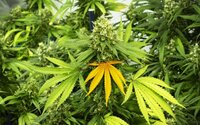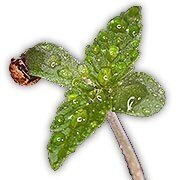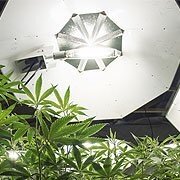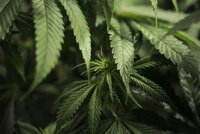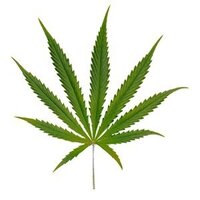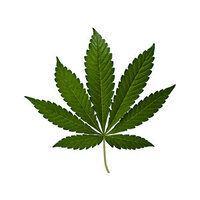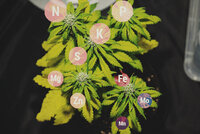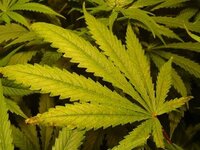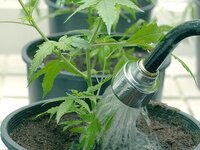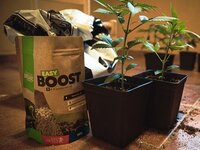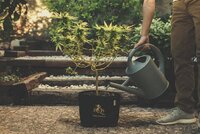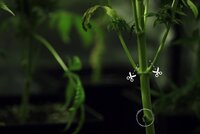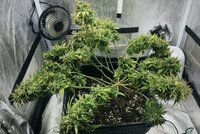- Thread starter
- #101
DrCannaCanadian
Well-Known Member
I am noticing that GLR products are really high in Nitrogen (N) and Potassium (K) - especially the K!
Cal+Mag Pro 0-0-16, Sea-Kelp 0-0-15, and their Bud Explosion is no exception at NPK 0-19-37!
Even their BE NPK ratio deviates from the classic 1-3-2 nutrient ratio that has been proven to be the standard for blossom enhancers during the flowering stage.
I have no idea what the GLN feeding schedule is for all their products, but I am convinced, after only one day of research, that if anyone tries to combine their products into a feeding schedule like Fox Farm and Advanced Nutrients do - disaster will likely strike.
Basically, IMO, GLN products are not scientifically engineered to play nicely together in the same sandbox! I bought BE and Cal Mag Pro already and need to figure out how to use them safely with MC - so I don't get Potassium toxicity!
I am confident I will be able to use the Fox Farm flowering trio successfully with MC, but I will need to investigate further who is using MC and BE together successfully.
I was going to buy the SC and the SK - but I am going to hold off on those because they don't seem to be balanced - and their is no other product I can think of to combine with them to balance the NPK properly.








